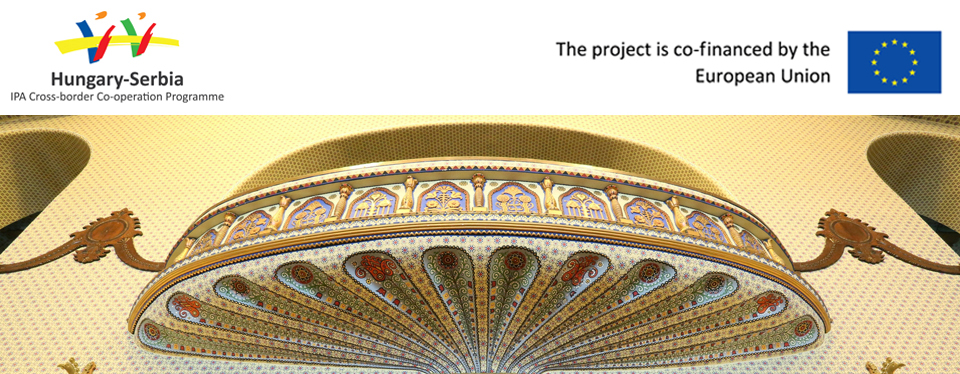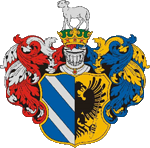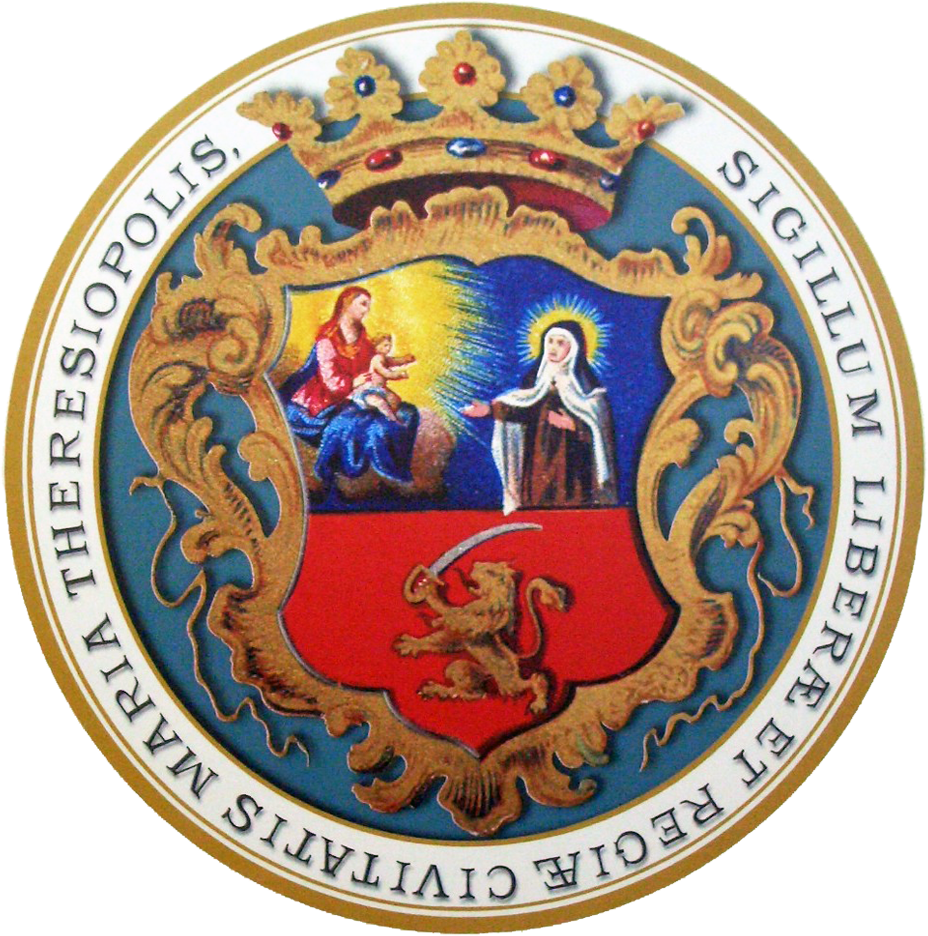The Art Nouveau in Szeged is mosaically present in the cityscape since by the turn of the century, the city centre having been devastated by the 1879 Great Flood had almost been built over. Only some vacant corners and a few other lots remained. Yet, the revolutionarily new movement of architecture arrived in Szeged in fortunate conditions, where the wealthy and enlightened, highly educated upper class coupled with the bank capital hungry for investments welcomed and patroned it. We may not be able to put aside the partiality of the succeeding generations when we say that in the praiseworthily unified eclectic city centre, the Art Nouveau palaces and public buildings were erected just at the places where, owing to their quality and appeal, they have become prominent sights of the city. Nowadays, they are architectural relics evoking intellectual excitement; sights triggering admiration in local people and tourists alike in a new age with their renewing facades.
The New Synagogue is inevitably one of them. For those who have seen the splendid forms of its grandiose cupola, its laced ornaments glittering in the golden light of the setting sun, then shining in brilliance, made almost heavenly by the cold blue-greenish lights intensifying inside, the sight will forever remain unforgettable. This splendid dual cupola dominating the cityscape marks one of the most beautiful synagogues in Europe. Whereas, the dome interior and stained glass windows represent the most delicate variant of the Art Nouveau decorative mentality. Without the co-operation of the scientist and chief rabbi Immánuel Löw and Lipót Baumhorn, the school founder in synagogue building, this majestic synagogue would not have been created. The Reök Palace is another wonder. This building deservedly considered to live up to European standards was granted a tastefully established environment worthy of its importance only after one hundred years. Nowadays, the square in front is a much loved agora of the city centre. Its peculiarly formed facade represents the rare, organic version of the Art Nouveau. Despite his young age, Ede Magyar created an epochal building. This building is a forever memento of what an architectural masterpiece can be created when the builder, the hydraulics engineer Iván Reök (1855–1923), a wealthy and highly literatured patron encounters just that talented architect who is most suitable for the job. Standing on the corner of Tisza Lajos Boulevard, the Gróf Palace owes its existence to fortunate circumstances as well since it was built on a lot which has a remarkable position in the city centre. For the architect of the building, Ferenc Raichl J., the great opportunity was again granted to recreate his Art Nouveau spatial formation and ornamenting solutions which he had employed on his Subotica residence, embracing all details of the whole building, in the dimensions of a stately apartment building that is able to meet the luxurious expectations of the era.
Altogether a short decade was allowed for the dominance of the Art Nouveau in Szeged, nevertheless, almost half a hundred buildings grew up in the cityscape: apartment buildings, residences, even one or two sculptures as well, splendid interiors and others. Furthermore, its various branches are represented in the city, for instance, the one by Lechner based on folk arts, or the ones exemplifying the Vienna and Berlin Art Nouveau, and also those that the local builders adjusted to their own taste.





